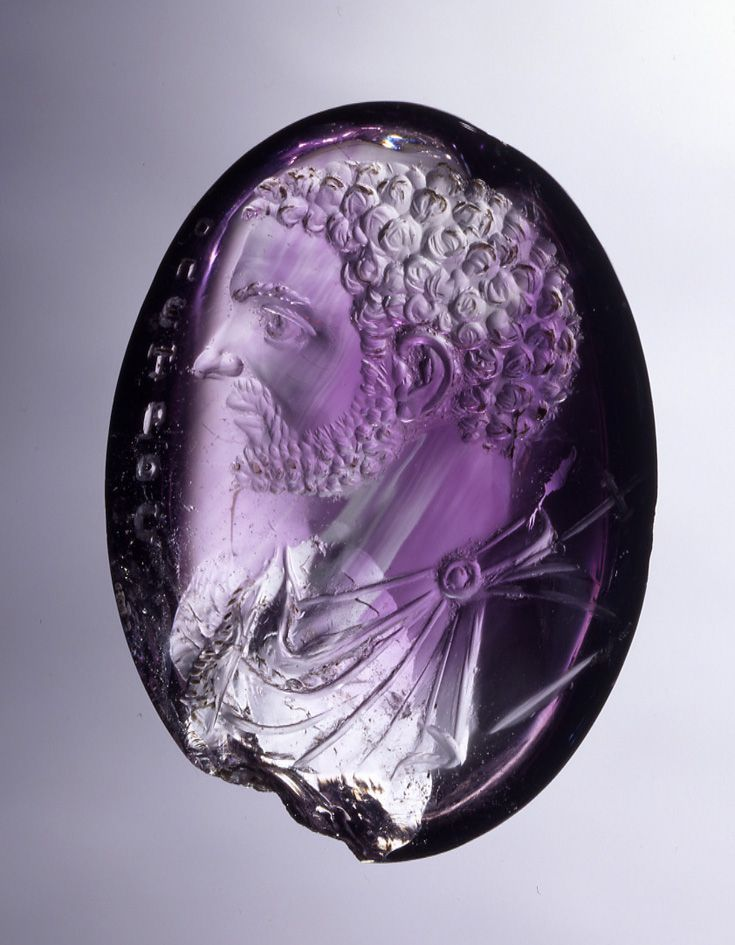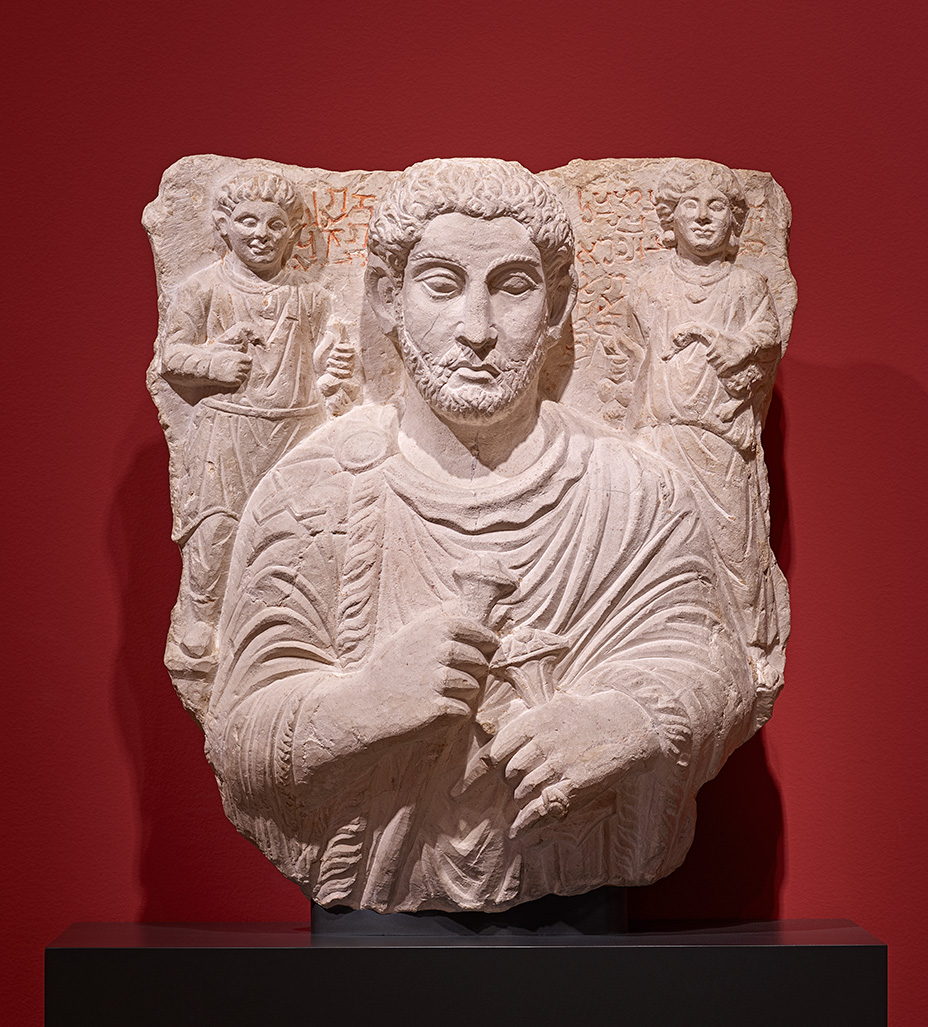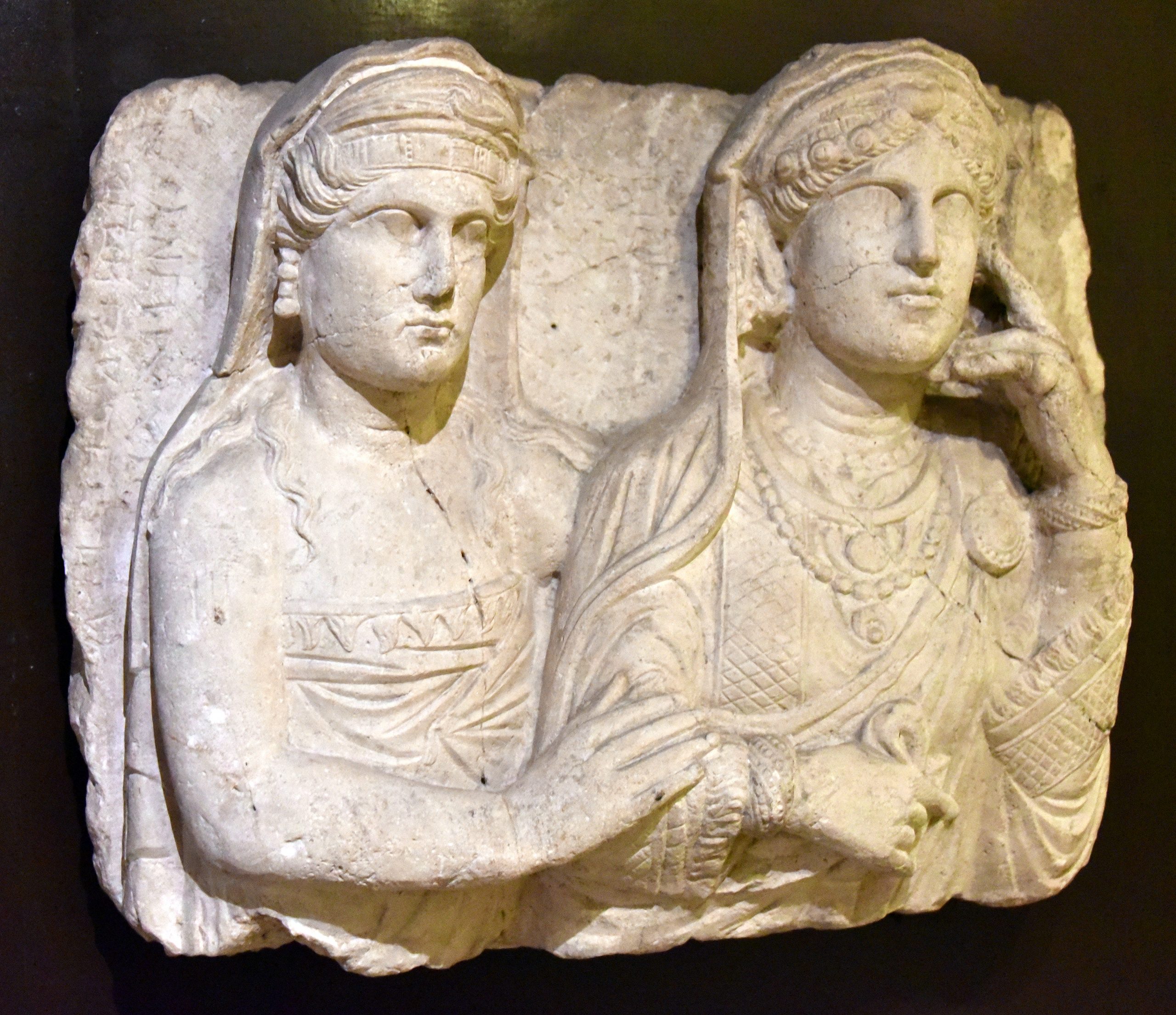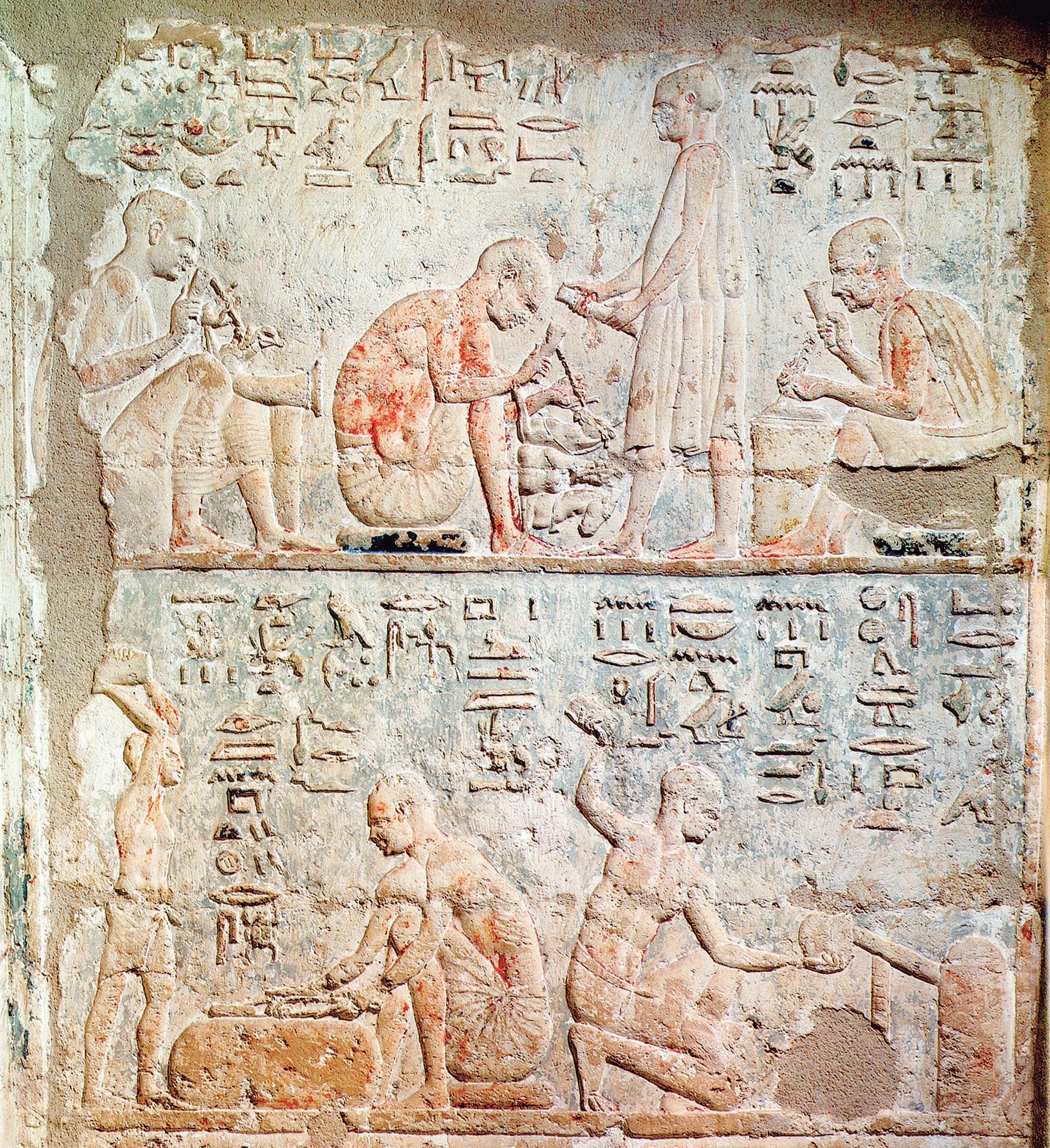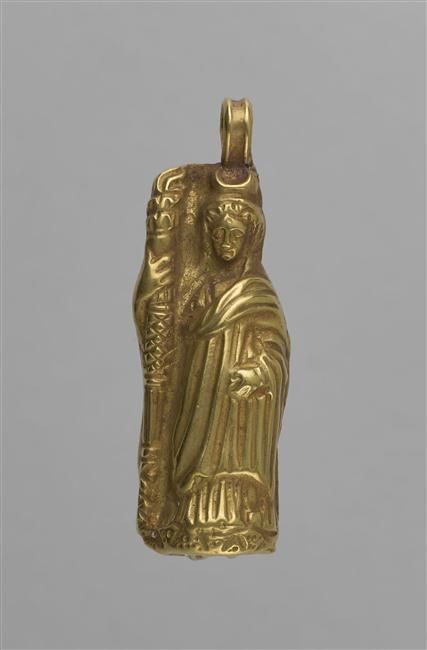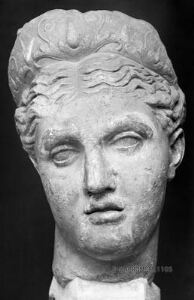Seleucia on the Tigris – the eastern capital of the Seleucid empire, modern Tell Umar, Iraq, on the west bank of the Tigris; founded by Seleucus I Nicator around 300 BCE.

Photo ©Osama S.M. Amin [wiki]

Babylon, Musee du Louvre, Paris [link]

“The centre of the private quarters was again a peristyle (7) decorated with columns and plaster on the wall and on the ceiling. In this peristyle were also found several high quality statues, further evidence for the high status of the owner living here. Most remarkable is the statue of a woman, about 56 cm high, made of various materials.
The face is of white stone with inlaid eyes, the rest of terracotta, painted and even partly gilded. The statue is stylistically in the tradition of Greek art and belongs to the finest examples known from the Parthian empire.
The figure may depict a goddess, perhaps for a small shrine in the centre of the house, or it may have been a decoration for the main living quarters. Perhaps it served both functions.” [W. Grajetzki]



“Statuette of Standing Female Figure,” 1st-2nd century. Calcite alabaster and stucco pigment, 46 cm high, Birs Nimrud (ancient Borsippa). Parthian, Iraq
The Trustees of the British Museum, London https://www.britishmuseum.org/collection/object/W_1881-0428-1086
This lady is wearing a Greek costume, and is most likely a representation of the goddess Nanaya. [The Met exhibition catalog]

Terracotta figurine fragment from Seleucia-on-the-Tigris, Iraq. Parthian, 150 BCE–200 CE. Height: 5.7 cm.
Kelsey Museum KM 14002 [link]
- Grajetzki Wolfram, Greeks and Parthians in Mesopotamia and Beyond, 331 BC – AD 224. London: Bloomsbury Academic, 2011. http://dx.doi.org/10.5040/9781472540720.0005
- Figurines in Hellenistic Babylonia (Miniaturization and Cultural Hybridity) || Fascination with the Tiny: Interacting with Figurines; Langin-Hooper, Stephanie M., 2020 https://www.cambridge.org
- Asher-Greve, Julia M; Westenholz, Joan Goodnick (2013). Goddesses in Context: On Divine Powers, Roles, Relationships and Gender in Mesopotamian Textual and Visual Sources. Fribourg / Göttingen: Academic Press / Vandenhoeck & Ruprecht.
- The World Between Empires: Art and Identity in the Ancient Middle East. The Metropolitan Museum of Art, an exhibition March 18 through June 23, 2019 https://www.thecityreview.com/worldbetween.html




